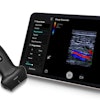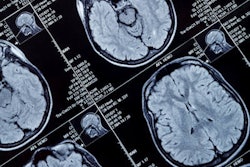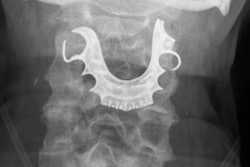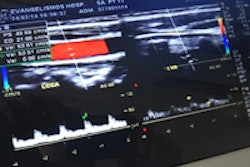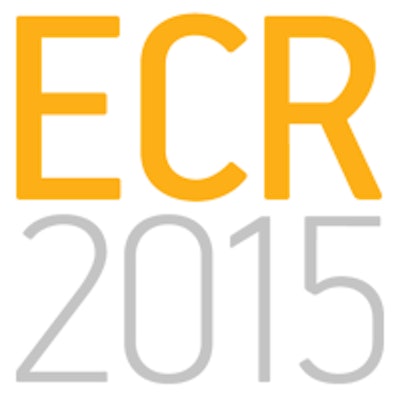
VIENNA - Ultrasound-guided core-needle biopsy significantly outperforms ultrasound-guided fine-needle aspiration (FNA) biopsy for diagnosing salivary gland tumors, according to a presentation on Wednesday at ECR 2015.
In a 10-year study, a team of researchers from South Korea found that ultrasound-guided core-needle biopsy yielded significantly higher accuracy over ultrasound-guided FNA biopsy for detecting malignant tumors.
Ultrasound-guided core-needle biopsy should be "the first choice of ultrasound-guided biopsy procedures for histological diagnosis of salivary gland tumors," said presenter Dr. Hye-Joung Eom from Asan Medical Center.
Preoperative diagnosis of salivary gland tumors is important to avoid unnecessary surgery for benign lesions and for making therapeutic plans for malignant lesions, she said. FNA, performed under palpation or ultrasound guidance, is associated with wide variability as well as heterogeneity between studies, facilities, and countries. Core-needle biopsy, however, has the potential to improve diagnostic adequacy and accuracy, thanks to homogenous results among studies, according to the group.
A meta-analysis examining both methods failed to find any significant differences between the techniques due to heterogeneity among studies in the literature, Eom said. As a result, the researchers aimed to compare the diagnostic accuracy of both biopsy techniques for detecting malignant salivary gland tumors in a single tertiary care hospital. They also wanted to compare the rates of tissue-specific diagnosis for both techniques in benign and malignant salivary gland tumors.
The team studied 474 consecutive patients from January 2003 to December 2012. Of these patients, 192 received ultrasound-guided FNA and 282 were given ultrasound-guided core-needle biopsy. There were no significant differences in demographic data, the size and location of the lesion, and the number of needle passes between the two groups of patients. For the purposes of the study, pathological confirmation via surgery and clinical and radiological follow-up results over a year later served as diagnostic gold standards.
Ultrasound-guided FNA was performed using a 23-gauge needle with capillary action and a suction-aspiration technique, while ultrasound-guided core-needle biopsy was performed with 18-gauge, double-action biopsy needles and a 1- to 2-cm throw.
The researchers then calculated inconclusiveness rates, diagnostic performance, rates of correct tissue-specific diagnosis, factors affecting diagnostic performance, and complication rates from the biopsies.
| FNA vs. core-needle biopsy | |||
| Ultrasound-guided FNA biopsy | Ultrasound-guided core-needle biopsy | p-value | |
| Sensitivity | 16/21 (76%) | 52/56 (93%) | 0.057 |
| Specificity | 71/74 (96%) | 173/174 (99%) | 0.081 |
| Accuracy | 89/97 (92%) | 225/230 (98%) | 0.024 |
| Positive predictive value | 16/19 (86%) | 52/53 (98%) | 0.054 |
| Negative predictive value | 71/76 (93%) | 173/177 (98%) | 0.133 |
The improvement in accuracy was statistically significant.
"Correct tissue-specific diagnosis in both benign and malignant tumors tended to be higher with ultrasound-guided core-needle biopsy, but not significantly different," she said.
Of the 115 ultrasound-guided FNA biopsies, 30 (19%) were inconclusive. There were only 10 inconclusive specimens (4%) from the 282 ultrasound-guided FNA biopsies. The difference between the two methods was statistically significant (p < 0.001).
Looking at performance by experience level, the researchers found that trainees in particular had better accuracy with ultrasound-guided core-needle biopsy, improving from 88% accuracy with ultrasound-guided FNA to 100% with ultrasound-guided core-needle biopsy. The difference was statically significant (p = 0.021).
An increase in accuracy from 92% with ultrasound-guided FNA to 96% with ultrasound-guided core-needle biopsy was not statistically significant, however. The researchers did not find any major complications in either group of patients.

